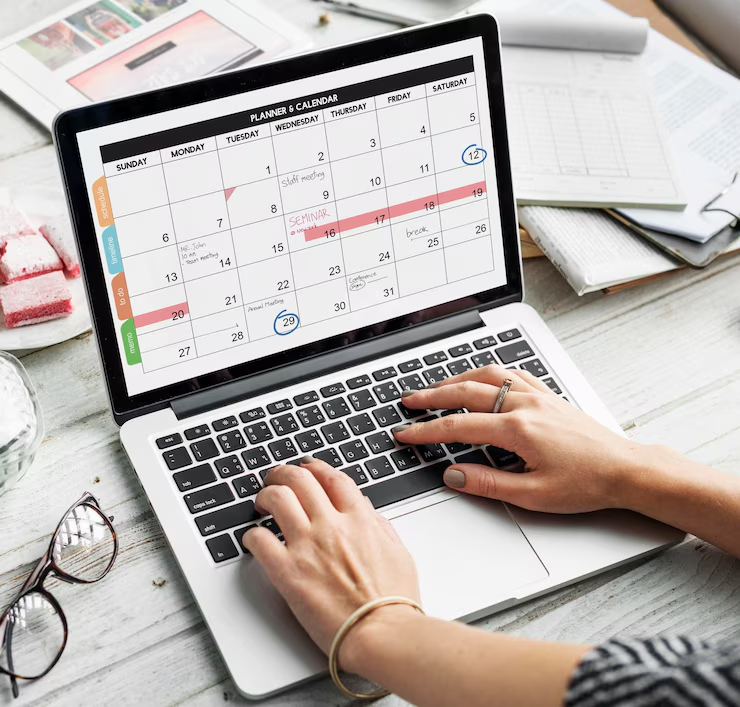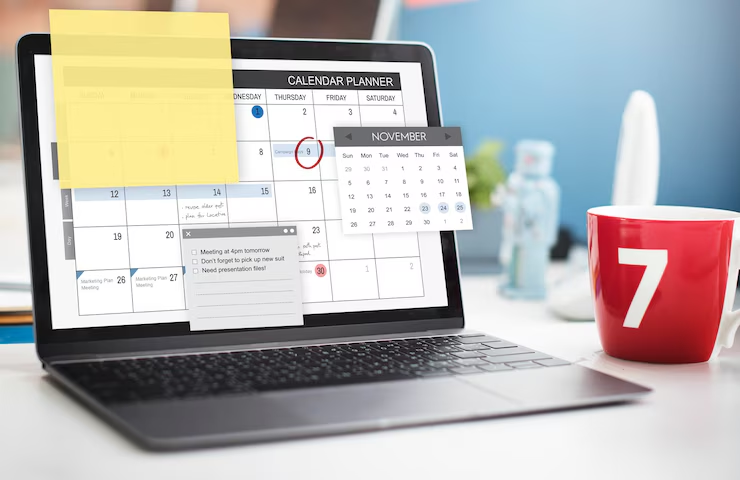Managing your schedule is much easier when you share calendars. If you’ve ever wondered how to add someone to Google Calendar, you’re not alone. This guide walks you through the entire process — clearly, quickly, and without confusion.
Google Calendar offers helpful sharing features that make coordinating with others smooth. Whether you’re planning events with coworkers or setting up reminders with family, sharing access makes everything more efficient.
Why Learn How to Add Someone to Google Calendar?
Knowing how to add someone to Google Calendar comes with several benefits. Instead of back-and-forth messages or rescheduling chaos, shared calendars allow for instant visibility. This convenience saves time and keeps everyone on the same page.
Save Time on Scheduling
Manually confirming everyone’s availability is time-consuming. By adding someone to your calendar, they can see your free slots and adjust accordingly.
Improve Team Coordination
Team projects or group meetings often require visibility into each other’s schedules. Shared calendars streamline collaboration without unnecessary emails.
Keep Family Events Organized
Whether it’s doctor appointments or school events, families benefit greatly from shared digital calendars. Everyone stays updated with fewer reminders.
Different Ways to Add Someone to Google Calendar
There’s more than one way to share your Google Calendar. You can either share your entire calendar or invite someone to a specific event. Let’s explore both.
Method 1: Share an Entire Calendar
This is perfect when you want ongoing access granted to someone else. It’s ideal for assistant-manager relationships or close collaborators.
Steps:
-
Open Google Calendar on a desktop browser.
-
On the left, find “My calendars.”
-
Hover over the calendar you want to share and click on the three dots.
-
Select “Settings and sharing.”
-
Scroll down to “Share with specific people.”
-
Click “Add people.”
-
Enter the email address of the person you want to share with.
-
Choose the permission level (e.g., “See only free/busy”, “Make changes and manage sharing”, etc.)
-
Click Send.
The recipient will get an email invitation. Once accepted, they’ll have access to your calendar based on the level you allowed.
Method 2: Invite Someone to a Specific Event
Don’t want to share your entire calendar? No problem. You can simply invite them to a specific event.
Steps:
-
Open Google Calendar.
-
Click Create (or select an existing event).
-
Enter the event details like title, date, and time.
-
Click “Add guests” on the right-hand side.
-
Type the person’s email address.
-
Click Save, then confirm by sending the invite.
This gives them access to just that event—not your entire calendar.

Permission Levels Explained
When you’re learning how to add someone to Google Calendar, choosing the correct permission level is important. Let’s break them down:
-
See only free/busy – Best for privacy. They’ll see when you’re available but not the details.
-
See all event details – Useful when you want someone to view your full calendar without editing.
-
Make changes to events – Good for teams or assistants who need to modify your schedule.
-
Make changes and manage sharing – Full control. Only use this if you fully trust the other person.
Tips to Manage Shared Calendars Efficiently
Adding someone is just the beginning. Here are a few practical tips to help manage shared calendars like a pro.
Color-Code Your Calendars
To avoid confusion, assign a specific color to your shared calendars. This makes it easy to spot which events belong to which calendar at a glance.
Use Descriptive Event Titles
Generic names like “Meeting” or “Call” don’t help anyone. Be clear: “Marketing Kickoff – Team A” or “Client Review Call with Alex.”
Add Event Notes
Use the description section to provide context. Include links, agenda items, or anything else that’s relevant. It helps reduce back-and-forth messaging.
Set Notifications and Reminders
Make sure your guests get timely alerts. You can add custom notifications for each event.
Common Issues When Adding Someone to Google Calendar
Sometimes, things don’t go as planned. If you’re wondering why your calendar sharing didn’t work, here are a few reasons and quick fixes.
They Didn’t Get the Invite
Double-check the email address. Also, ask them to check their Spam or Promotions folder.
Calendar Not Visible
Sometimes, the recipient needs to manually add your calendar from the email invite or their calendar settings.
Permissions Not Set Correctly
If they say they can’t edit or see events, go back and verify you gave the right access level.
How to Remove Someone from Google Calendar
Plans change. If you no longer need to share your calendar, you can easily remove access.
Steps to Remove a Person
-
Go to Google Calendar > Settings and sharing.
-
Scroll to “Share with specific people.”
-
Find the person’s name.
-
Click the trash icon beside their name.
-
Confirm removal.
The person will no longer have access to your calendar.
How to Add Someone to Google Calendar on Mobile
Using your phone? You can still add people to events, although full calendar sharing is easier on a desktop.
Android & iOS – Adding Guests to an Event
-
Open the Google Calendar app.
-
Tap Create or edit an existing event.
-
Tap Add people.
-
Type their email and hit Done.
-
Save the event and send the invite.
At this time, sharing an entire calendar on mobile is limited. It’s best done on a computer.
Frequently Asked Questions (FAQs)
Can I share multiple calendars?
Yes, you can share as many calendars as you want. Each can have different permission levels and recipients.
Can I add someone without a Google account?
They can still receive event invites via email. However, to access a full shared calendar, a Google account is required.
Is calendar sharing safe?
Yes. You control who sees your calendar and what they can do with it. Always double-check permissions for sensitive schedules.
Final Thoughts
Now you know how to add someone to Google Calendar, and it only takes a few minutes. With the right sharing settings, Google Calendar becomes a powerful tool for managing group schedules, work events, and family plans.
Use the sharing features wisely, set clear permissions, and maintain calendar clarity. These small habits make a huge difference in productivity and coordination.


